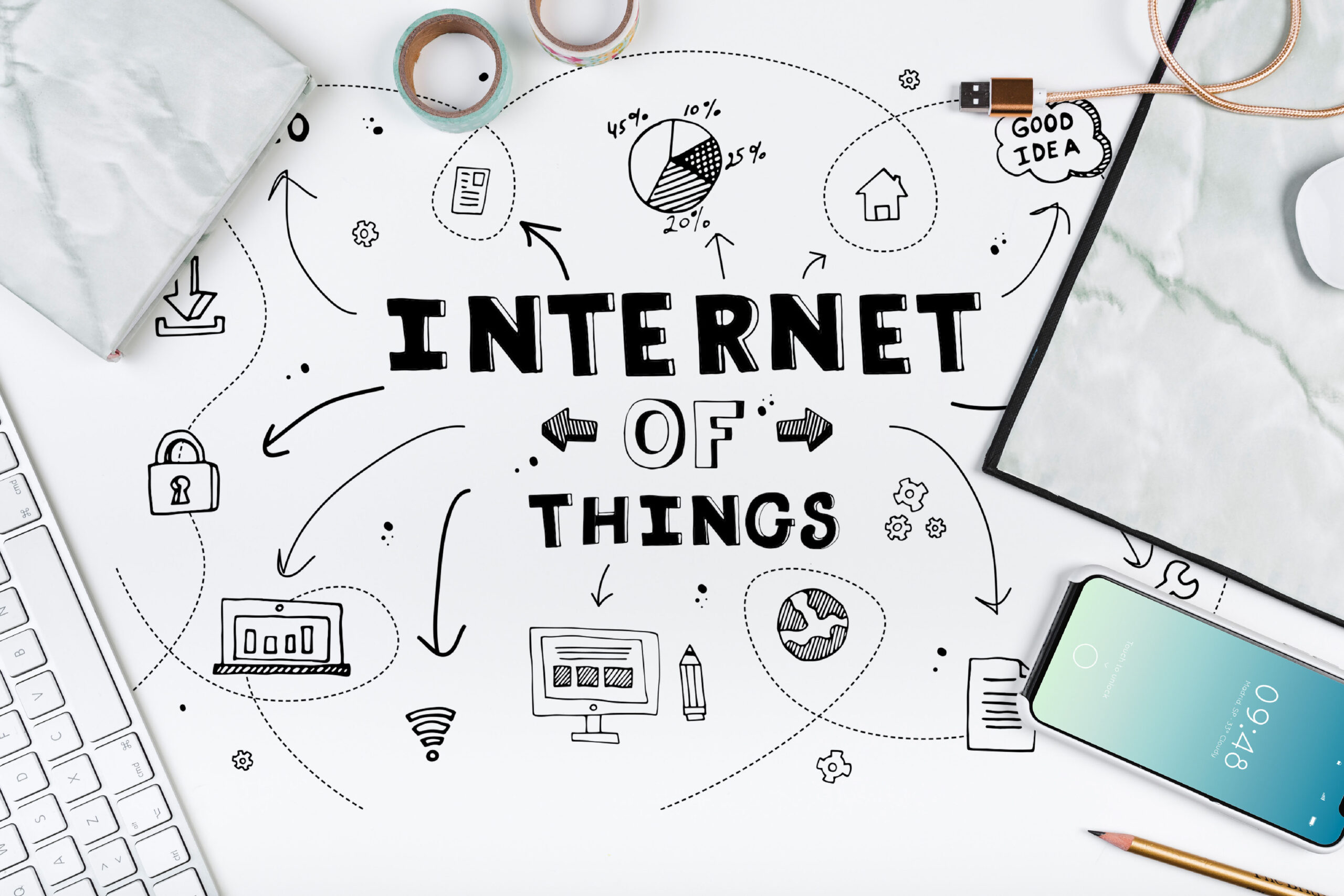Introduction to IoT
The ability to connect everyday electronic/mechanical devices, such as fridge, AC, car, TV, etc. via the Internet, enabling them to send and receive data.
The internet of things (IOT) is a system of computing devices, mechanical, digital machines that are interrelated. These are provided with unique identifiers and the ability to transfer data over a network without requiring human-to-human or human-to-computer interaction.
To put it simply, It’s a concept basically connecting any device with an “on or off” switch to the internet and/or to each other. These include devices like cell phones, washing machines, and also other heavy machine components for example like jet engine of an airplane or even the drill on an oil rig.
Imagine a world where your alarm clock not only wakes you up in the morning but also notifies your coffee machine to start brewing some coffee. With IoT the possibilities are endless.
Below are a few ways how 5G Enhances IoT
Wider & Faster Coverage
The capabilities and benefits of 5G are vastly promising when you consider devices and applications that require real-time internet connections, such as those that have been made specifically for Internet of Things (IoT).
4G networks so far have proven to be inadequate to handle the load of data that is arising from the ever-increasing number of sensors receiving the signal and the connected devices, Connected devices, limiting what IoT is actually capable of achieving.
5G is growing rapidly as well as IoT, this combined momentum of 5G and IoT will cause the number of devices connected to the internet to increase even more in the future years than it was ever before. For Example, let us assume that 5G internet speeds will be able to provide us with speeds as high as 10-20Gbps, this Extremely high speed would allow for almost instantaneous transmission of data between any connected devices.
It’s not very clear if many of the IoT applications that have come in recently, need the higher bandwidth offered by 5G. However, we do know that an IoT enabled device transfers very large files to the cloud for processing, and it takes time for uploading through the different layers of IoT structure.
It is clear that 5G data speeds will reduce the amount of time in data transfer and result in more timely decision making by the devices.
Minimum Latency
In addition to the increased speed, 5G speed will enhance critical IoT applications like public safety and government communications projects. These projects are heavily dependent on the maximum reliability and responsiveness which will be possible due to the reduced latency that 5G will provide.
For applications where low latency and ultra-fast download speeds are not necessary, 5G would still provide the required support. In areas with high energy efficiency requirements and lower power consumption goals, such as smart cities 5G will work brilliantly.
In drones or similar automated vehicle connection, it could improve the reliability and speed of the exchange of info between two or even multiple vehicles. Because the data is transferred faster, the systems controlling the vehicle can react faster as well – breaking if needed or turning – to ensure safe operations.
Maximum capacity
The idea of uing IoT with 5G to remotely operate machines from a control room and collect machine performance data and optimise the use of the equipment will no longer be just a concept. This creates a need for reliable, high-capacity wireless connectivity in order to support multiple applications and services simultaneously.
5G network will provide these capacity by expanding into new spectrums, such as millimetre wave (mmWave).
OEMs and fleet managers of heavy off-road equipment could finally seek to digitalize and automate their daily operations which will increase productivity, enhance operator safety and reduce cost.
Suggested Read : What is 5G? How 5G compares to 4G
How will 5G impact your IoT plans?
In the future, IoT networks will face quite a few challenges as the networks will become denser, more complex than today. The implementation of 5G would be one of the technological upgrades needed for IoT applications to get over these issues.
The future of connectivity standards will focus on improving the connection density in order to handle the massive number of IoT devices, maximum coverage to reach challenging locations, low-power consumption and reducing network complexity in order to have better connectivity and minimum latency.



